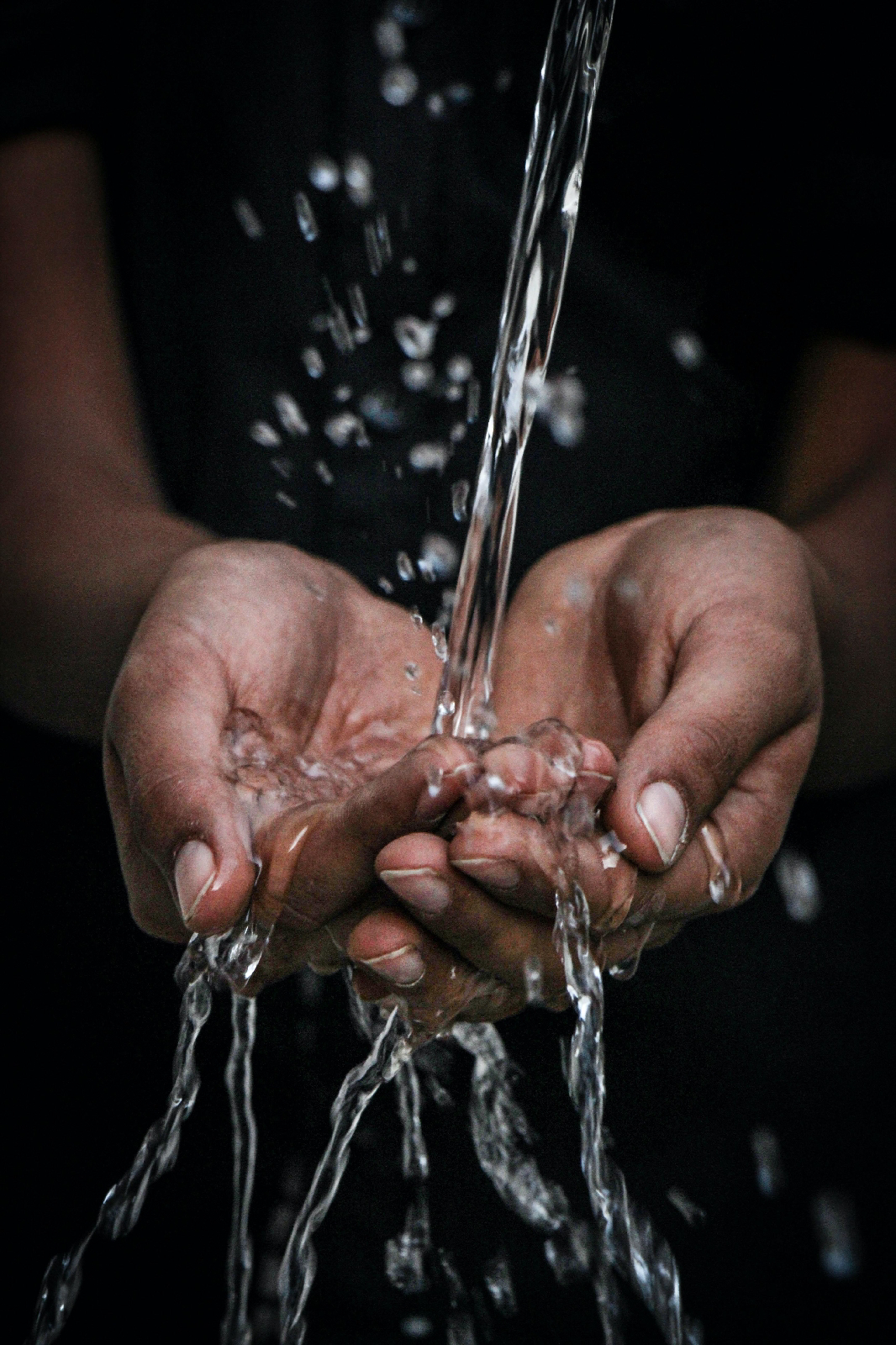SOLVE THE WAER CRISIS!
SOLVE THE WATER CRISIS!
Water is one of the precious gift from God to the mankind. There are millions of marine species present in today's world that reside in water. Similarly, humankind also depends on water. All the major industries require water in some form or the other. Water makes upto 70% of the earth but only 3% of it is freshwater in use. Rest all is sea water which is saline. Then also, this precious resource is depleting day by day. The majority of the reasons behind it are man-made only. It creates a water crisis. The water crisis refers to a global situation where people in many areas lack access to sufficient water, clean water, or both. In recent times, the water crisis in India has become very critical, affecting millions of people across India. In 2019, people of Bihar and Assam faced severe flooding, while people of large parts of Jharkhand and West Bengal are facing drought-like conditions.
The main causes of water crisis include the Overuse, increasing demand of fresh water, pollution, poor management of water , lack of infrastructure, and changes in weather patterns due to global warming are key stressors that affect the availability of fresh water.
When waters run dry, people can't get enough to drink, wash, or feed crops, and economic decline may occur. In addition, inadequate sanitation—a problem for 2.4 billion people—can lead to deadly diarrheal diseases, including cholera and typhoid fever, and other water-borne illnesses.
To solve this water crisis, The government, the common people can take the following measures:
1.Build Dams and Reservoirs
Reservoirs (artificial lakes) that form behind dams in rivers can collect water during wet times and store it for use during dry spells (figure 13.3.b ). They also can be used for urban water supplies. Other benefits of dams and reservoirs are hydroelectricity, flood control, and recreation.
2.Install Rainwater harvesting system in buildings, houses etc
Rainwater harvesting involves catching and storing rainwater before it reaches the ground and using it for different purposes. The rainwater is collected
3.Desalination Method
Desalination involves removing dissolved salt and minerals from seawater or saline groundwater. An advantage of this approach is that there is a virtually unlimited supply of saltwater. There are several ways to desalinate seawater including boiling, filtration, electrodialysis, and reverse osmosis. All of these procedures are moderately to very expensive.
4. Water Reuse(Recycling)
Water recycling refers to reusing water for appropriate purposes such as agriculture, municipal water supply, industrial processes, and environmental restoration.
5. Water conservation
Water conservation refers to using less water a using it more efficiently. Around the home, water-saving technologies can be used such as high- efficiency clothes washers and low-flow showers and toilets. Water-conserving behaviors include turning off the water while you brush your teeth, taking shorter showers and showers instead of baths, and fixing leaky faucets. A dishwasher uses less water than washing dishes by hand, particularly the dishwasher is only run when it is full. Similarly, running fewer, larger loads of laundry conserves water relative to more frequent, smaller loads.
6. Spread awareness:
Nowadays, we all are socially active. We have our smartphones where we can aware people about water crisis. We can also conduct various competitions like essay writing, drawing competition, skits, poster making etc to build interest in the young children and youth people about water crisis.
Instead of increasing the supply of water, a more viable method of addressing the water crisis is to manage consumption. There are plenty of technologies there that allow to recycle rainwater that will help in saving water.
"Each of us can make a difference,
Together we can make changes in this world"




Comments
Post a Comment